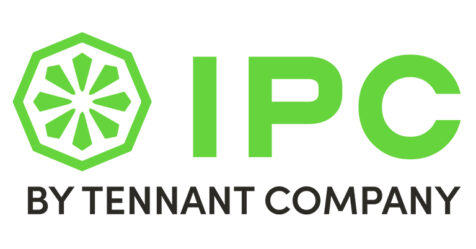The health and safety of employees and guests—in addition to a productive, efficient, and trained workforce—are key priorities for managers of large facilities.
Health and safety: Good for people, productivity, and profits
Improving air quality: We spend as much as 90% of our time indoors, often in poor indoor air quality (IAQ) environments. The jansan industry has played a vital role in reducing IAQ problems by using cleaning products with fewer harsh chemicals.
The most common causes of IAQ problems in buildings are:
- A lack of ventilation or contaminated air being brought in
- Dampness and moisture from leaks, flooding, or humidity
- Occupant activities such as construction or remodeling
Environmentally preferrable products:
Look for the following characteristics when selecting sustainable cleaning chemicals to help minimize environmental impact:
- Engineered water products like hydrogen peroxide, ozone, etc.
- Low-odor products, or those with no odor or fragrance
- Water-based (not solvent-based) cleaning chemicals
- Equipment with eco mode
Productivity and efficiency: Show them the money
Managing costs is a major challenge. Facility managers must monitor equipment and service costs, labor, and training.
Know your space: Understanding the challenges and requirements of your facility is key to managing maintenance costs. Before you invest in new equipment and tools, you’ll want to consider:
- Size and layout
- Type of floor surfaces
- Type of debris, dust, and soils
Limit water and chemical use: Reducing the amount of water and chemicals needed for cleaning can support your facility’s sustainability initiatives, reduce operating costs, and improve productivity.
Some of these systems, such as IPC 600 rpm and Eco Select technology, use up to 75% less water than conventional chemicals in floor cleaning equipment, which means that crews can work up to
four times longer without dumping and refilling.
Evaluation and solutions: Putting the numbers to work
Once you understand the fundamentals and tools involved in conducting a site-needs analysis, you’ll be able to get more out of your workforce.
Facility managers need to be prepared to justify staffing needs. This includes having accurate answers to the following questions:
- How long does each task take?
- How does adjusting the frequency of the task affect cost and outcome?
- How would changes in square footage or wages affect the budget?
- How can you complete a task at the lowest possible cost, without affecting the outcome?


